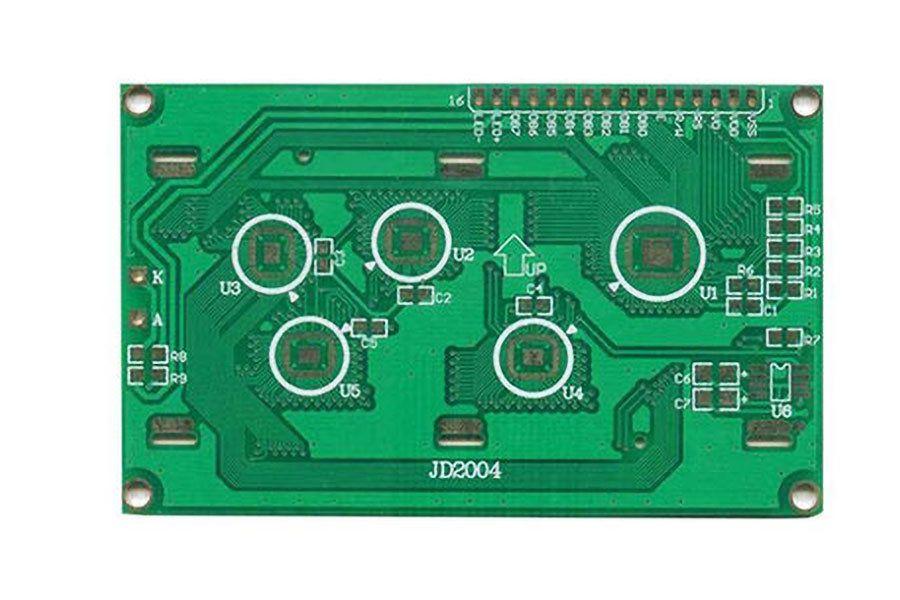
Innovation is the driving force for the sustainable development of the PCB production industry
PCB has become an indispensable accessory for modern electronic equipment. Whether it is high-end electronic equipment, or household appliances and electronic toys, PCBs with electronic components and electrical signals are indispensable, and PCBs are developing along with the entire electronic information industry. Developed.
Innovations in printed circuits are first and foremost in PCB production and market innovation. The earliest PCB products were single-panel, with only one layer of conductor on the insulation board. The line width was measured in millimeters and was commercialized for semiconductor (transistor) radios. Later, with the advent of televisions, computers, etc., PCB production was innovated, with double-sided, multi-layer boards, two or more layers of conductors on the insulation board, and the line width was gradually reduced. In order to adapt to the miniaturization and lightweight development of electronic equipment, flexible PCB and rigid-flex PCB have emerged.
Now, the main markets for PCBs are in the fields of computers (computers and peripherals), communication devices (base stations and handheld terminals, etc.), home electronics (televisions, cameras, game consoles, etc.) and automotive electronics. PCB products are based on multi-layer boards and High-density interconnect (HDI) boards are dominant. With the development of high-speed and large-capacity computers, mobile phones to multi-functional intelligent, TVs to high-definition 3D, and automobiles to high-security, HDI printed boards have also changed from wire connection functions to electronic circuit functions. In addition to the basic conductor lines, PCB products also include passive components such as resistors and capacitors and active components such as IC chips. The new generation of HDI printed boards is a buried component printed board containing components inside. A new generation of printed boards is suitable for high-frequency and high-speed signal transmission applications. The PCB layers will contain optical fibers and waveguides to form an optoelectronic printed board suitable for signal transmission above 40 GHz.
Because of the continuous innovation of PCB production, PCB manufacturers have ushered in the spring of one development of printed circuits. Intelligent mobile phones will bring the climax of embedded component printed boards, LED energy-saving lighting will bring the climax of metal-based printed boards, and e-books and thin-film displays will bring the climax of flexible circuit boards.
The innovation of printed circuits is based on technological innovation. The traditional technology for PCB manufacturing is copper foil etching (subtraction method), which uses a copper-clad insulating substrate to remove unwanted copper layers by chemical solution etching, leaving the required copper conductors to form a line pattern; The interlayer interconnection of the laminate is made conductive by drilling and electroplating copper. Nowadays, this traditional process has been difficult to adapt to the production of micro-scale fine-line HDI boards. It is difficult to achieve rapid and low-cost production, and it is difficult to achieve the goals of energy saving, green production, and only technological innovation can change this situation.
High density is the eternal theme of PCB technology. High-density features are finer lines, smaller interconnects, higher layers, and thinner. For example, the current line width/line spacing of PCBs has been refined from 100μm to 75μm and 50μm and will be refined to 25μm and 20μm in a few years. Therefore, the copper foil etching process must be reformed and innovated.
For the technological innovation of printed circuits, people have been pursuing semi-additive and additive techniques, that is, depositing copper layers on insulating substrates to form circuit patterns. This is an improvement on the traditional subtraction method. Energy consumption and high cost. The new road to innovation is Printed Electronic Circuits (PEC), which revolutionizes PCB products and manufacturing processes. Printed electronic circuit technology uses a pure printing method to realize electronic circuit graphics, that is, screen printing or offset printing or inkjet printing process, printing functional ink (conductive ink, semiconductor ink, insulating ink, etc.) on insulating substrate On, get the required electronic circuit. This technology simplifies production processes, saves raw materials, reduces pollutants, and reduces production costs. If equipped with Roll to Roll processing equipment, it can achieve high-volume, low-cost production.
The continuous development of printed electronic circuit technology will make the PCB industry a new level.




